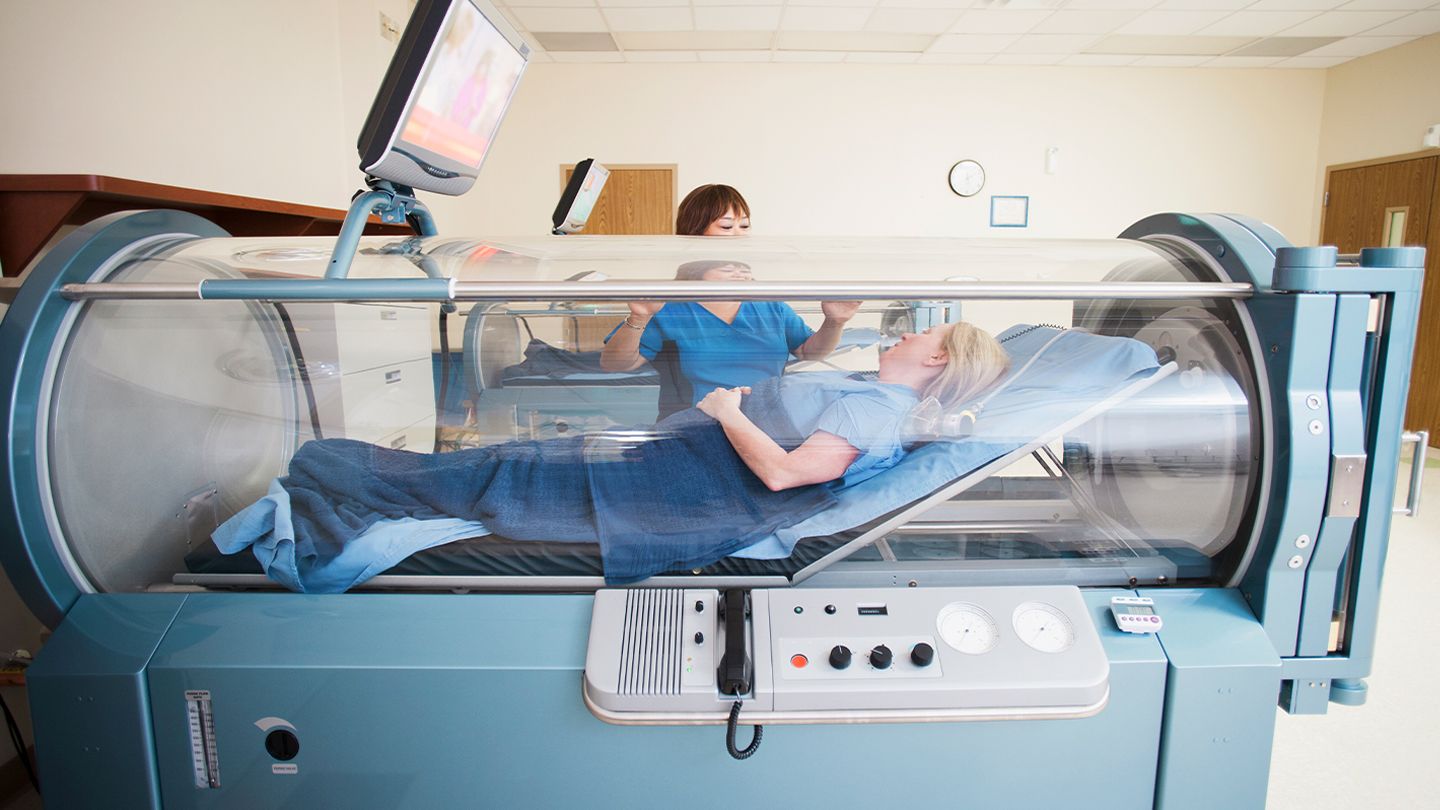Midlife belly bulge and excessive weight may increase your chances of becoming frail in old age, according to a new study, published January 23 in BMJ Open.
Scientists in Norway looked at data from about 4,500 people age 45 or older at the study’s start for an average of 21 years, and discovered that individuals who had a high waist circumference measurement at the beginning were twice as likely to be frail or pre-frail (meaning at high risk of becoming frail) than people who started out with a normal waist size.
What Is Frailty and Pre-Frailty?
For this study, researchers defined frailty according to a commonly used assessment scale that establishes a “frail” person as having at least three of the following five criteria:
- Exhaustion
- Weak grip strength
- Slow walking speed
- Low physical activity levels
- Unintentional weight loss
A person who is pre-frail has one or two of these characteristics.
A Larger Waistline May Increase the Risk of Frailty
Using standards set by the World Health Organization (WHO), the researchers defined a “normal” waist circumference as about 37 inches or less for men and about 31 inches or less for women. A moderately large waist was defined as roughly 37 to 40 inches for men and 32 to 35 inches for women. High waist circumference was anything above those figures.
While individuals who had a high waist circumference measurement at the beginning of the study were twice as likely to be frail or pre-frail at the end, those with a moderately large waist still faced a 57 percent greater likelihood of frailty or pre-frailty than those with a normal belly size.
For people who started out obese, defined solely by body mass index, or BMI, the chance of becoming frail or pre-frail at the end of the monitoring period was nearly two and half times greater than for those who had a normal BMI.
Body mass index is a ratio of weight to height. A BMI under 18.5 is considered underweight, 18.5 to 24.9 is within the healthy range, 25 to 29.9 is within the overweight range, and 30 or higher falls within the obese range, according to the Centers for Disease Control and Prevention (CDC).
The biggest risk, however, was from having both a high BMI and a large waist. Those who began the study with both conditions were three times more likely to become frail than those without those conditions.
“Our findings indicated that individuals who had both high BMI and high waist circumference at baseline had a higher probability of becoming pre-frail or frail compared to other groups later in life,” says the lead study author Shreeshti Uchai, a PhD student in the department of nutrition at the University of Oslo in Norway. “This indicates the importance of monitoring not just our BMI but also our waist circumference throughout adulthood.”
Why BMI and Waist Size Together Are a Better Obesity Measure
BMI (body mass index) is a measure of a person’s weight and height that can indicate high body fatness but does not account for body composition.
“You can have a bodybuilder whose BMI falls in the obesity range who is actually very fit and has high muscle [mass],” says Chika Anekwe, MD, MPH, an obesity medicine physician at Massachusetts General Hospital and an instructor in medicine at Harvard Medical School in Boston who was not involved in the new study. Waist size adds an extra measure that better accounts for fat.
Uchai’s research highlights the importance of waist size when it comes to health and expands on previous investigations demonstrating a connection between obesity and frailty. The Cleveland Clinic says that waist measurements of 35 inches or more for women and 40 inches or more for men means you’re at risk for health problems stemming from visceral fat (belly fat found deep within your abdominal cavity).
How Extra Fat Around the Middle May Lead to Frailty
Frailty can trigger a host of health problems. Dr. Anekwe notes that frailty is associated with “an increased risk of adverse events such as falls, disability, hospitalization, and reduced quality of life, all of which increase risk for mortality.”
John Batsis, MD, an associate professor of geriatric medicine at the University of North Carolina School of Medicine in Chapel Hill also not involved with the new study, says excess belly fat can contribute to frailty. “Visceral fat promotes inflammation, which then has more widespread effects on other organs and one’s physiology — including muscle and changes in body composition, important alterations in skeletal muscle mass and strength. [These effects] often lead to frailty and mobility disability,” he says.
A decrease in muscle strength and function from obesity has been linked to lipids (fat in the blood) that infiltrates muscle fibers.
Frail older adults also have decreased physiological reserves, which decreases their resiliency to external stressors and makes them vulnerable, according to Uchai.
Study Challenges the Idea of ‘Fat but Fit’
While some health experts believe a person can be “fat but fit,” this research appears to support the contrary.
“Studies like this one strengthen the fact that there is no ‘fat but fit’ concept, as this study clearly shows that putting on weight above guideline cutoffs also has mechanical effects on the body — frailty in this case — along with causing other mechanical conditions such as osteoarthritis,” says Peminda K. Cabandugama, MD, an endocrinologist at Cleveland Clinic who was not involved in the study.
He stressed that this study drives home the message that individuals of any age should be trying to attain the right weight for them to get through their activities of daily living with minimal discomfort.
“Obesity is a chronic disease like all the others and it needs to be treated as such with lifelong management,” says Dr. Cabandugama.




